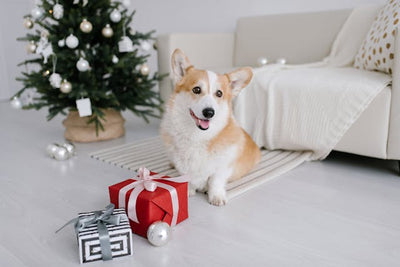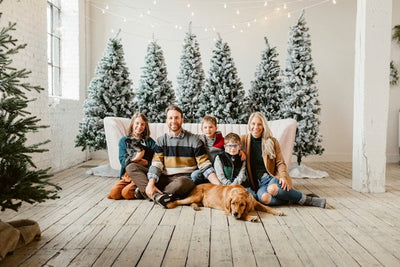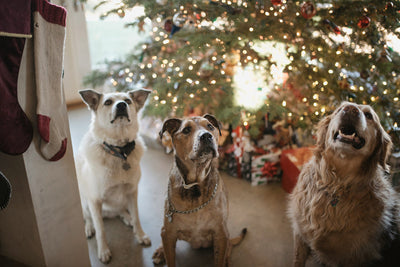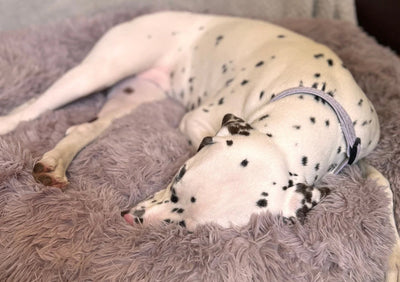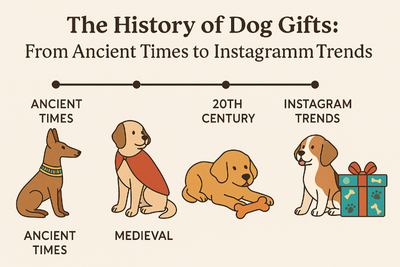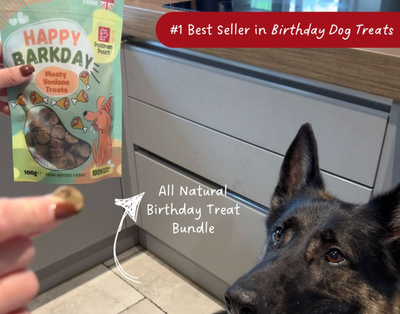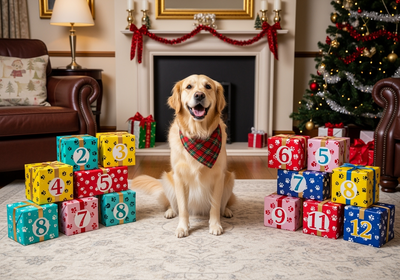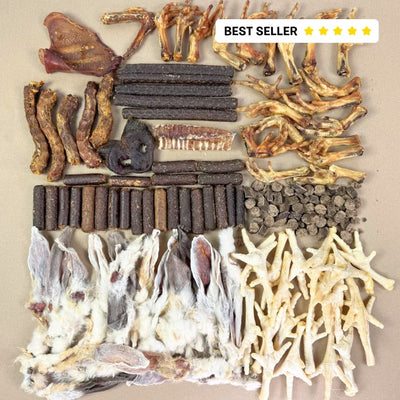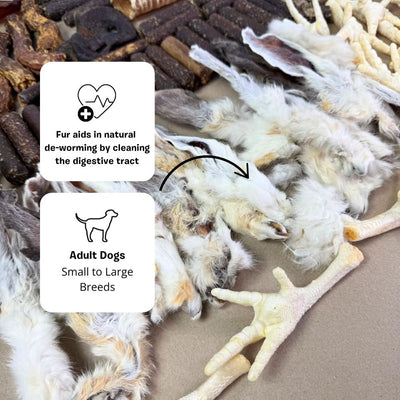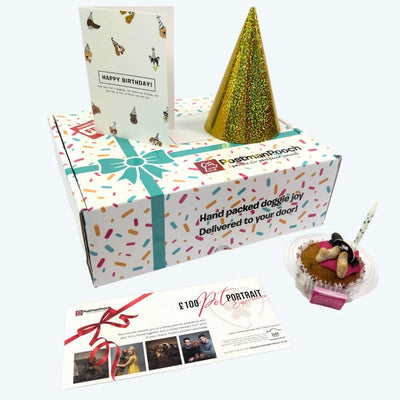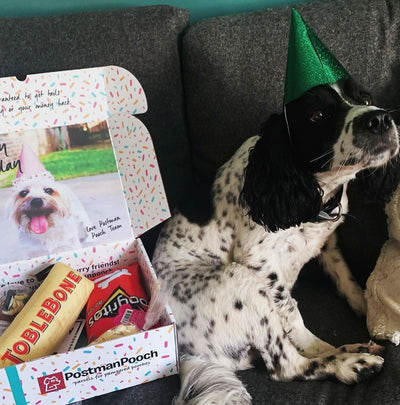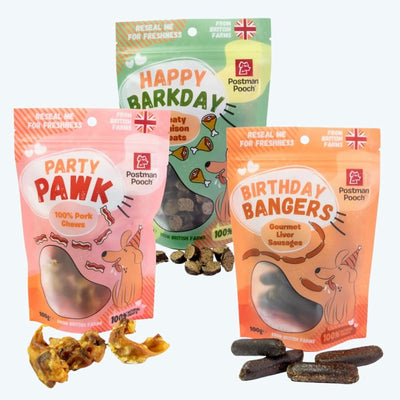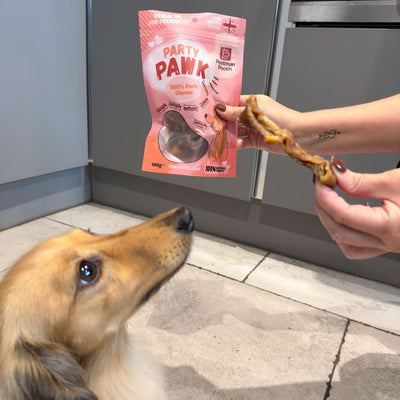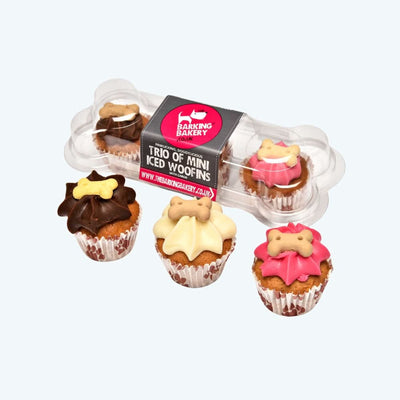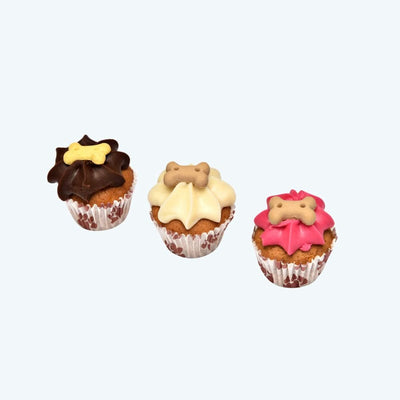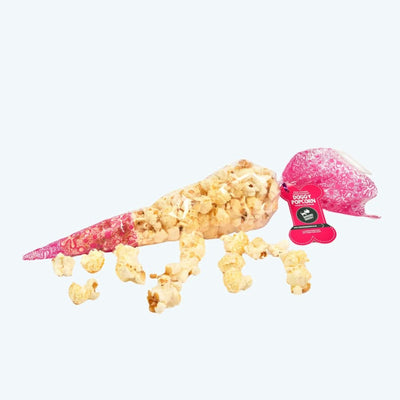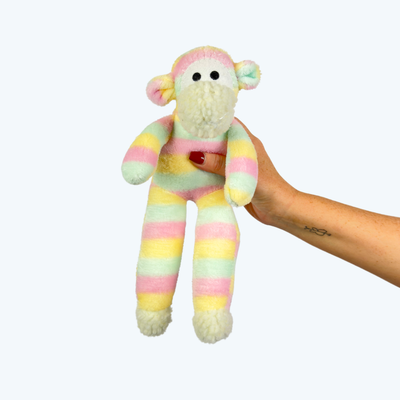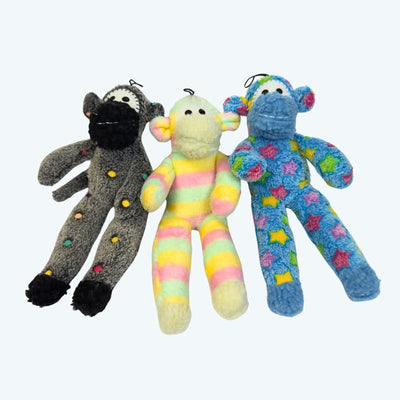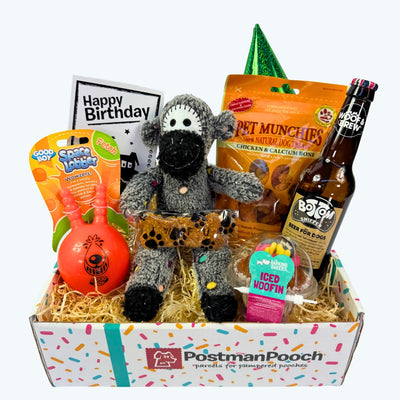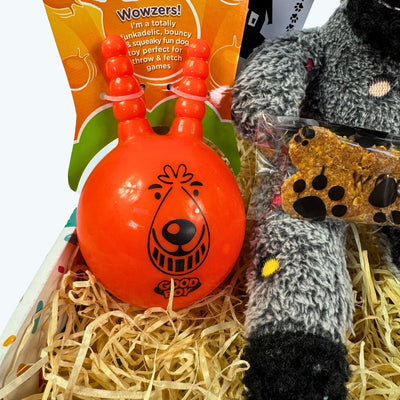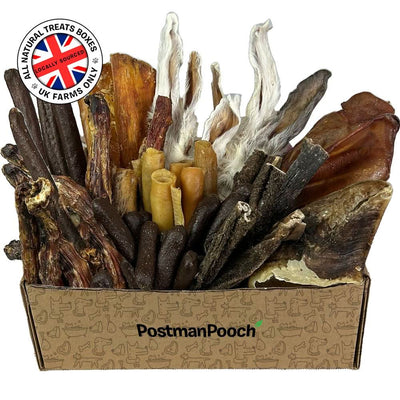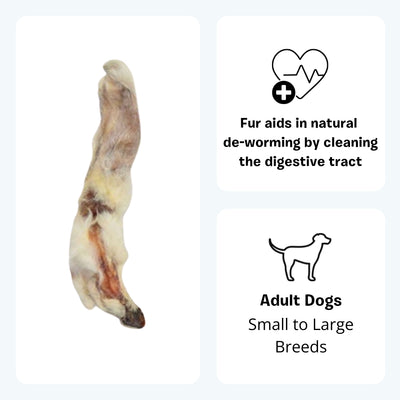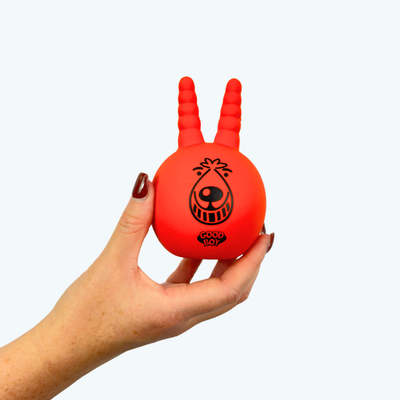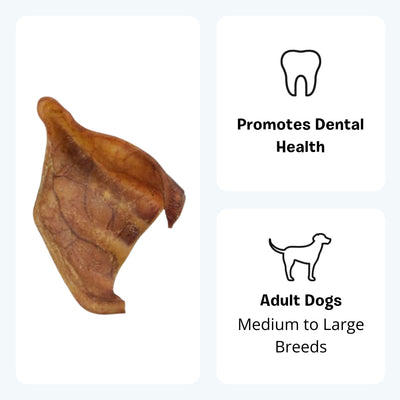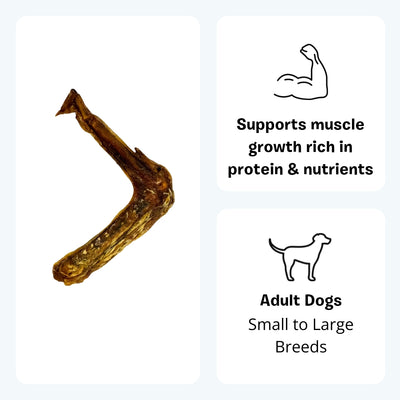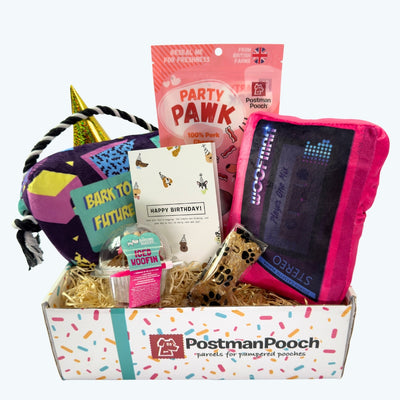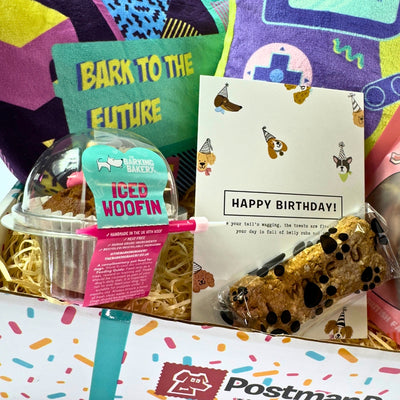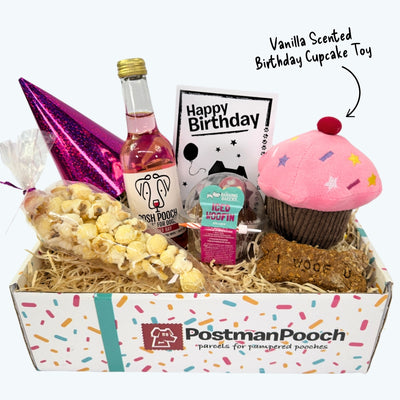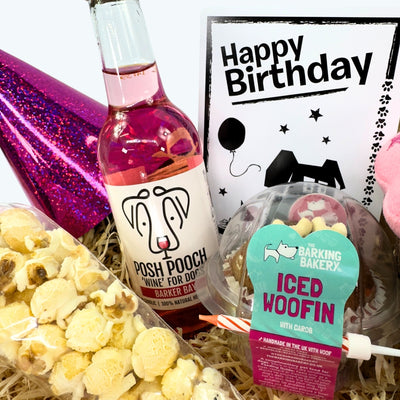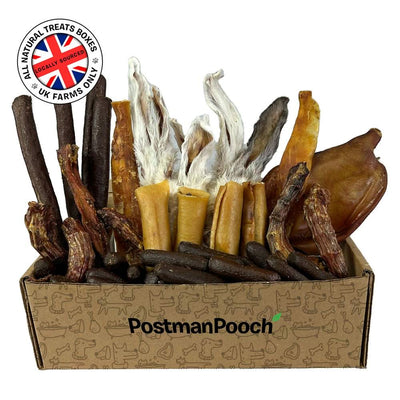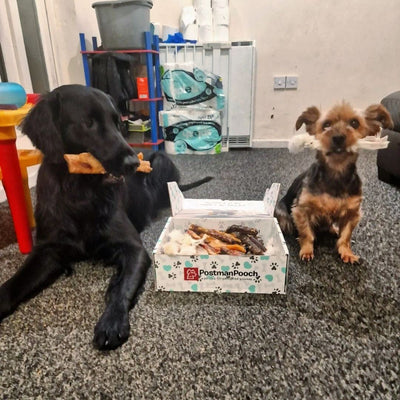Separation anxiety can be hard - for both you and your dog. I’ve been there, coming home to scratched doors, chewed-up slippers, and a pup that’s clearly been stressed out. Over time (and a lot of trial and error), I discovered that creating a calm, cosy space made a massive difference in helping my dog feel more secure when I’m not around.
If your dog struggles with being left alone, here’s what I’ve learned about building a safe space that really works.
🐶 What Is a Safe Space for a Dog with Anxiety?
Think of it as their personal den. A safe space is a quiet, familiar spot where your dog can relax and feel protected. It’s not about confinement—it’s about comfort.
Here’s how I set mine up:
- Pick the right spot – I chose a quiet corner in the living room, away from busy areas and loud noises
- Add comforting touches – I used a calming anti-anxiety dog bed and an old hoodie that smells like me
- Keep them entertained – Chew toys and long-lasting treats help take their mind off me being gone
- Soothe with scent – A spritz of dog-safe lavender spray works wonders for setting a calm mood
- Make it accessible – I never block it off—it’s a space they can choose to go to whenever they feel anxious
🐾 How I Confine My Dog (Without Making Things Worse)
If you need to limit your dog’s space while you're out, it's all about gentle, positive association—not shutting them away.
Here’s what worked for us:
- Crate training, done right – My dog already liked their crate, so I just made it extra inviting with soft bedding and treats
- Try a playpen instead – If crates aren’t their thing, a gated-off section of a room can feel less restrictive
- Take it slow – I started with short periods, praised calm behaviour, and always left a treat behind
- Keep them close-ish – I placed their area in a room where they could still hear household sounds. Full isolation made things worse
🧠 Other Things That Helped Ease My Dogs Anxiety
Creating the space helped, but it wasn’t the only piece of the puzzle. Here’s what else I did:
- Stick to a routine – Same feeding times, walk times, and quiet time
- Practise short absences – I started with two-minute “pop-outs” and built up from there
- Give them something to do – Interactive toys and the Bacon Gnosher Dog Chew Toy became my secret weapon
- Reward calm behaviour – The second they showed signs of settling, I’d quietly reward them with a bit from our 100 Piece Natural Dog Treat Bundle
It wasn’t overnight, but the improvement was real.
🏡 Boarding a Dog with Separation Anxiety (What to Know)
This used to stress me out more than my dog. But with the right prep, it doesn’t have to be a disaster.
Here’s what helped:
- Choose a calm facility – I found a place with small group sizes and staff trained in anxious behaviours
- Bring familiar items – I packed their bed, favourite toy, and yep—another old hoodie
- Share their routine – I gave the team a quick guide: feeding times, comfort tricks, and what not to do
- Do a trial run – We did a short overnight stay before booking a longer trip
- Or consider a pet sitter – In-home care worked brilliantly for us while building up their confidence
Final Thoughts
If your dog struggles with separation anxiety, creating a safe space is one of the kindest things you can do. It gave my dog somewhere to retreat to—and helped me leave the house without that gut-wrenching guilt.
Pair it with a consistent routine, the right distractions, and a few calming touches, and you’ll start to see real progress.
Need help getting started? These are a few of the things that made all the difference for us:
- Calming Anti-Anxiety Dog Bed
- 100 Piece Natural Dog Treat Bundle
- Bacon Gnosher Dog Chew Toy
- Dog Subscription Box
You’ve got this. And so does your dog.

